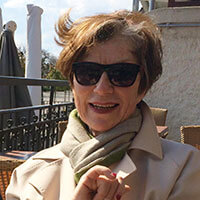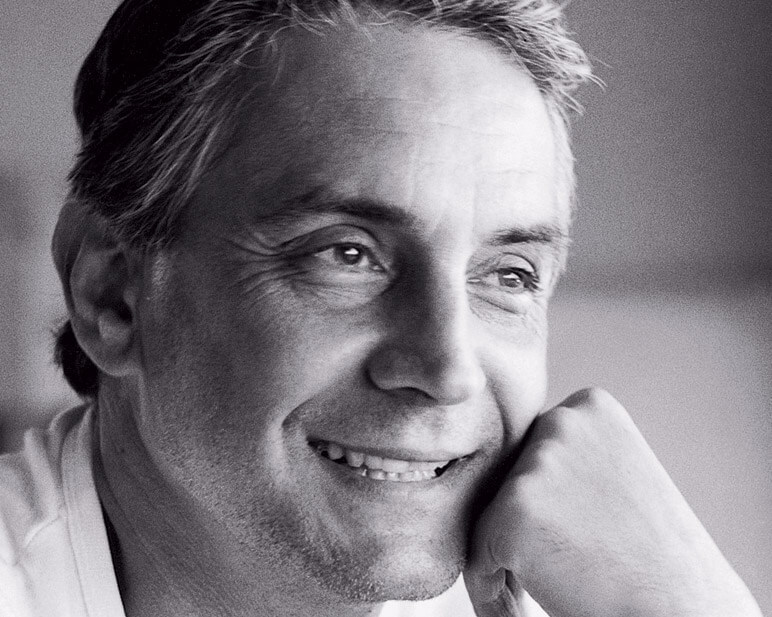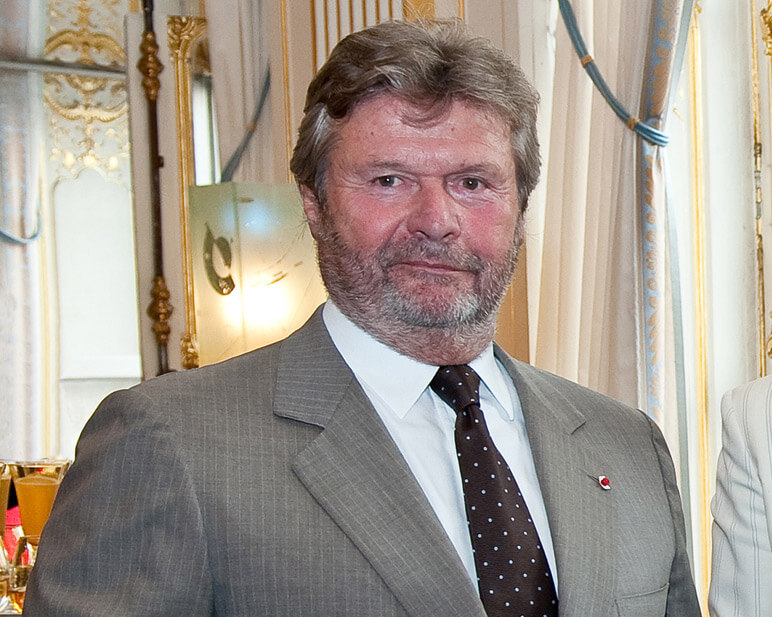The name of Hervé Chandès is inseparable from the foundation he has headed for almost 20 years and that has become one of the most important art institutions today, including internationally. But don’t try to throw praise at him, he will answer that all the credit is due to Cartier for the freedom it has given its Fondation d’art contemporain to stay in tune with its times.
Hervé Chandès: The Fondation Cartier pour l’art contemporain was created with artists and for artists, rather than with the intention of showcasing a collection. The Fondation’s program is therefore not determined by the collection. However, and herein lies the uniqueness of our approach, the works that enter our collection have generally already been shown in our exhibitions, and have, for the most part, actually been specifically created for the Fondation. The collection is not only about artwork, but also about exchanges with artists, as well as shared ideas and moments.
The ideas are inspired by encounters with works of art, artists, or even readings and are nourished by conversations with people from all walks of life, not only artists, but scientists and discoverers as well. What we define as contemporary has no limits and “an open sea for curiosity” paves the way for the incredible diversity of the Fondation Cartier’s programs.
No indeed. Since its beginnings, the Fondation Cartier has welcomed painters, photographers, sculptors, but also musicians, filmmakers, designers, writers and scientists. The frontiers of art are uncertain and artists yearn for exchanges with other disciplines; a creative act can be born from a simple encounter.
A transversal approach has been part of the Fondation Cartier’s DNA since it was founded in 1984. As early as 1987, Andrée Putman was invited to design an exhibition on Ferrari, and the philosopher, Paul Virillio, to take on a show in 1991 dedicated to the subject of speed, just to give a couple of examples. These were the kinds of assertive acts that we continue to encourage today!
We evidently have quite different expectations each time, ranging from the unexpected to the absurd, and sometimes just simple, good solutions, for example, when we called upon Italian designer Enzo Mari to design the Voodoo exhibition or Alessandro Mendini to stage the one devoted to naive artists. Sometimes the absence of specific requests can be very enriching. I’m thinking in particular about the encounters between filmmaker, David Lynch, and the mathematician, Misha Gromov; together, they co-created a work for the exhibition “Mathematics: a Beautiful Elsewhere.” Another example is the invitation we extended to Jean-Paul Gaultier who transformed the Fondation Cartier into a bakery.
Intuition and curiosity, these are engrained in the founding principles of the Fondation Cartier mentioned earlier: a transversal approach and working closely with creators. Our programs don’t attempt to reflect fashions or present states of play.
Jumping from one world to another and sharing a passion for artists, for researchers, for art and for ideas.
There is no recipe. Our links with the artists are profound, loyal and encouraging and we aim to propose demanding, sincere, yet accessible projects to our audiences.
The Fondation Cartier will soon be 30 years old. The founding principles defined by Alain Dominique Perrin in 1984 have therefore proven to be pertinent and fertile, even with the passing of time: working closely with artists, commissioning works, exhibiting ideas, staying on our toes, and always looking for the unexpected.
It may well be that the passion and curiosity that we put in to what we do at the Fondation Cartier give you that impression of freedom.













